Severka is a pub located in Metodějova, street near the final metro station Háje (line C) and owned by David Salomon. Its building is one of the oldest in the Southern Town and is the place where workers ate or drank while working to build the surrounding apartment blocks. After 40 years, the second generation continues with this business.
This pub will make you feel the atmosphere of the 70s and 80s, and the idea is to enjoy and get to know each other. Experience a real pub as we remember it.
Severka offers its guests many surprises. The film Národní třída, now on cinemas, was shot in this pub and the scenery is still the same, according to the design of the architect Honza Novotný, and remaining as faithful and functional as possible. You will also find an exhibition of photographs by Jaromír Čejka or the original film posters from Czechoslovak movies from the 70s and 80s, among other “attractions” worth seeing like a beautiful living room.
Unlike regular pubs, there are ashtrays on the tables, and that is because this local is a smoker´s club (with its rules that allow it) where you pay a monthly membership fee of 10 crowns. For this reason, smoking is possible if you have your member card with you.
Guests can enjoy Kozel 11 °, Pilsner Urquell, True Czech mixers, Hermelín or Utopenci. It is open every day from 4 pm to 2 pm, and entry is allowed for people over 18 years old. There is a ban on the admission of children and teenagers under 18 without exception and even in the presence of parents.
Visit this pub, where everything comes together in order to bring you the spirit of the suburbs. Discover yourself how it was like to have a beer in the ’80s.
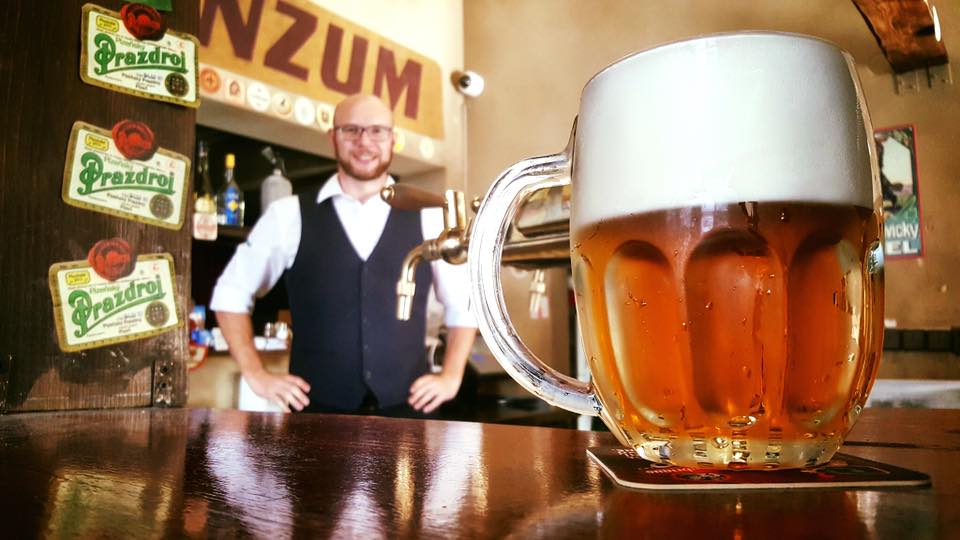
Source: Facebook Severka – Kuřácká hospoda
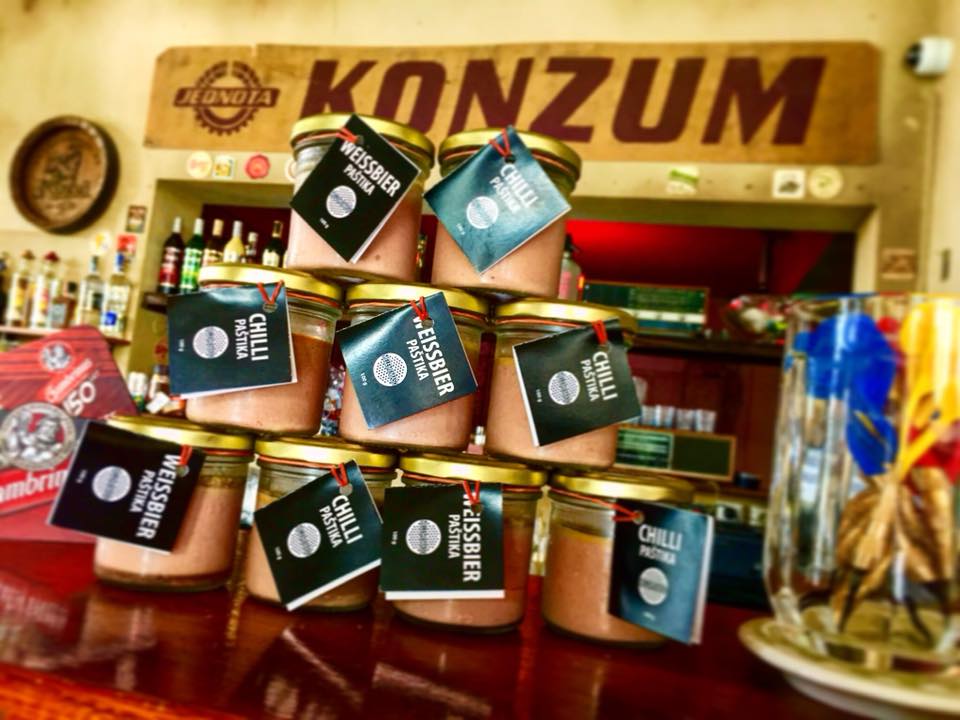
Source: Facebook Severka – Kuřácká hospoda
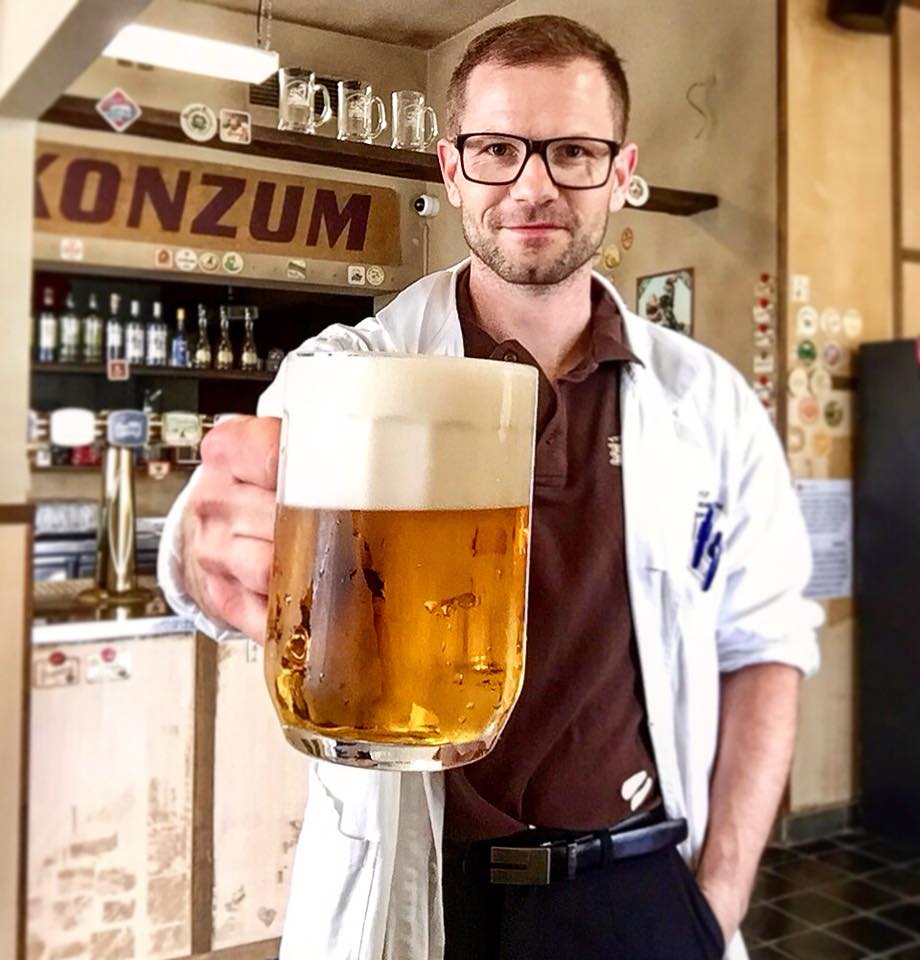
Source: Facebook Severka – Kuřácká hospoda
Levain Bistro is the perfect destination for food lovers, just between Havlíčkovy sady and Krymská, on Kozácká 6. With a quiet and cosy atmosphere, this restaurant is open from Tuesday to Saturday from 11 am to 11 pm, with brunch on Saturday and Sunday from 11 am to 3 pm.
The menu of this bistro, located in a trendy neighbourhood, uses fresh and locally-sourced ingredients for their dishes, that change depending on the season. They offer seasonal menus, cocktails, natural wines and local beers. A wide variety of plates and tapas await you, as well as unique pizzas.
This relaxed but fun place serves amazing artisan pizzas with home-milled flour and unique flavours like the duck pizza with homemade duck sausage, aubergine, tomato and chilli relish. On the menu, you can also find starters, salads or mouth-watering mains such as the Mexican brisket, with roast onion, black garlic, corn puree and pickled onion.
For brunch (served every Saturday and Sunday between 11.00 and 3.00 pm) Irish scones and ploughman’s bread are among the selection of treats you can have. Try their breakfast pizza with ham, cheese and eggs or even their hangover hog: sausages, bacon, eggs, mushrooms, fried potatoes, tomato and toast.
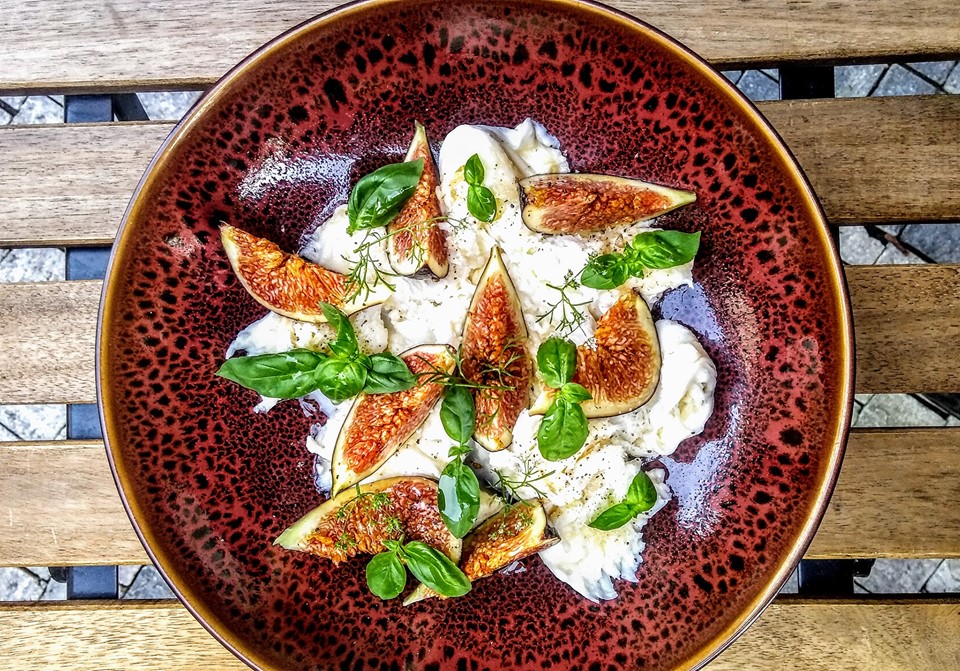
Source: Levain Facebook
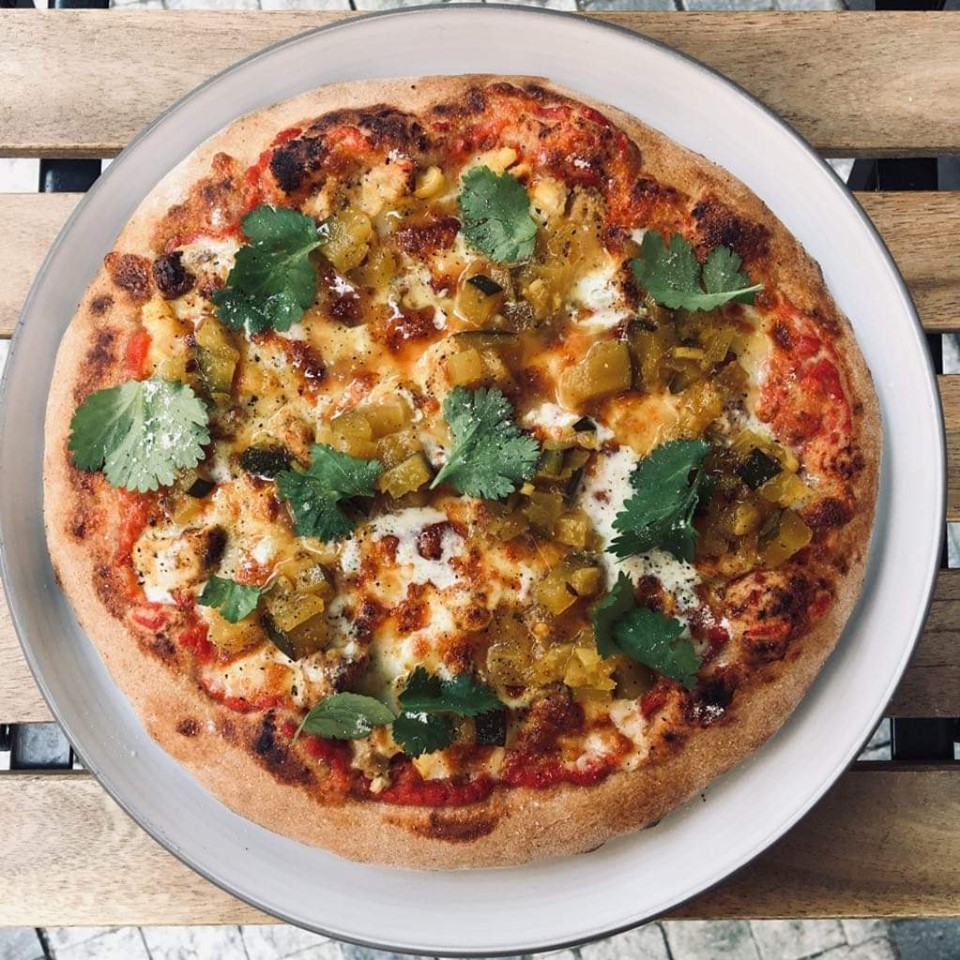
Source: Levain Facebook
The restaurant has a cosy ambience and friendly staff. The chef and owner, Jason Legear, has been all over the world for the last 20 years (that’s how he gets his inspiration from.) Ireland, Australia, New Zeland, Korea, Toronto, San Francisco, Belgium, Scotland and London are just some of the places he has visited or worked. Now, installed in the Czech Republic, he gives his personal touch to every dish with an exotic flavour and different texture combinations.
Written on the boards, you will find a great variety of tapas, along with the specials of the month, the fish of the day, wine of the week and last but not least, desserts.
The wines are all organic and excellent quality. They also offer beer (Hendrych) and Cider. Plus, don’t forget to ask about their homemade lemonades, made by the chef himself, or order one of their excellent cocktails. They have a considerable variety like ‘Poquito Picante’, with gin, Grand Marnier, coriander, jalapeño and lime, or ‘Ginger Step-Child’ with vodka, falernum, carrot shrub, ginger and egg white.
Also, keep an eye for the second edition of their successful Wine tasting and Food pairing. The 5th of November, for 1190 CZK per person, you get a welcome drink and six delicious seasonal dishes paired with six natural wines carefully selected by Fajnšmekr. The degustation menu includes plates such as cauliflower and apple salad with coconut and ginger dressing or goats cheese, hazelnut crust, pine poached and Jerusalem artichoke. For events like this one check the Levain Facebook page, where they upload all the exciting things to come.
Try creative food with friendly and knowledgeable staff. Levain is a comfortable place to sit and share a meal that looks familiar but has a unique twist. Be ready to expand your flavours and tastes.

Source: Levain Facebook
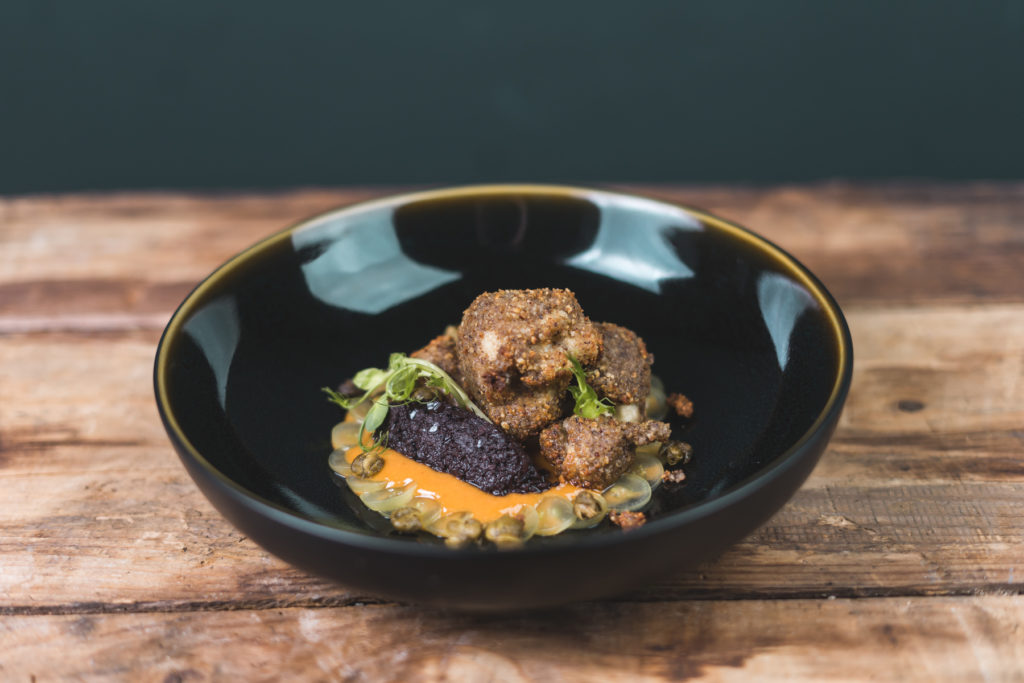
Source: Levain Facebook
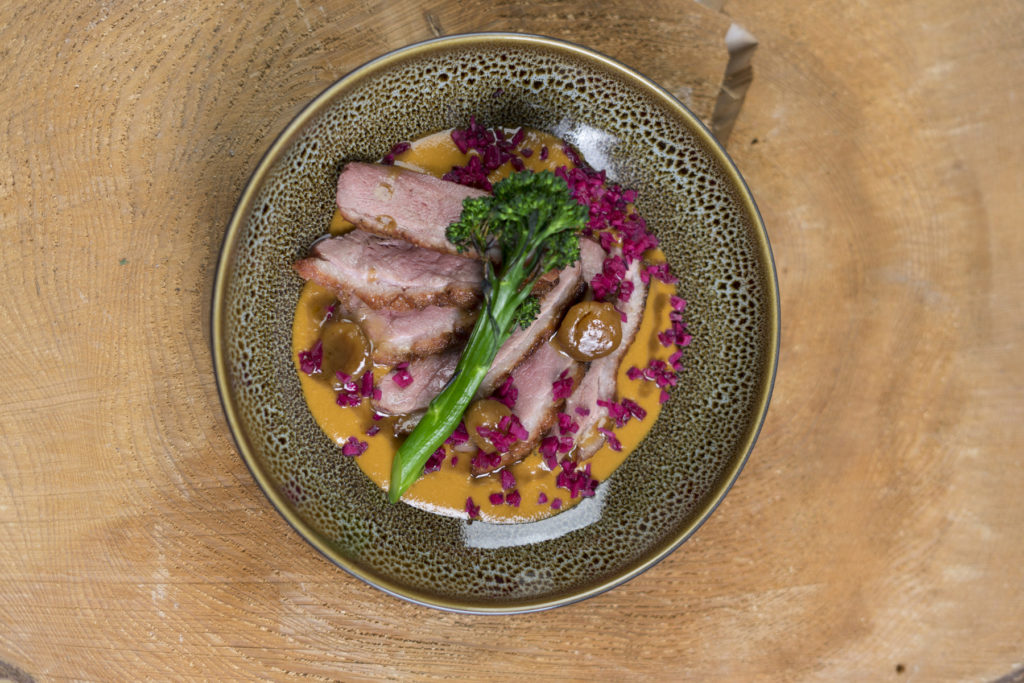
Source: Levain Facebook
An event with motorcycles, adrenaline, extreme performances and a spectacle for the whole family.
On November 2nd, 2019, the 19th edition of the oldest FMX event in Europe will take place at Prague’s O2 Arena. Freestyle motocross is back, performed by the biggest stars from the FMX scene.
FMX Gladiator Games starts on Saturday at 18:30. Doors open from 17:00 and tickets can be purchased in Ticketportal.cz from 990 CZK. A 50% discount applies for all children up to 140 cm height for the 2nd and 3rd price category. Also, this year, from 4 pm, ticket holder fans will be able to meet their favourite riders in the backstage, get photos and see their motorcycles.
Czech drivers like Libor Podmol, Filip Podmol, Petr Pilát or Martin Koreň, as well as international drivers such as Luc Ackermann, Daniel Bodin, Pat Bowden, David Rossi, David Rinaldo, and Ryan Brown among many others, will show us their tricks.
One of the international stars of FMX Gladiator Games, Edgar Torronteras, will return after two years. The Spaniard became one of the main stars of 2017, and his Spanish temperament pumped the audience at the O2 Arena. He was one of the “pioneers” of FMX, the freestyle heroes who were the first in this discipline to earn international recognition and introduced a new extreme sport to a broad public.
Last year, FMX Gladiator Games celebrated 18 years and experienced the most successful year in its history. According to the organizers, this year, therefore, visitors can expect several innovations. The first and most obvious will be a brand-new scene (Mad Max style) with a larger area of LED screens and brand-new graphics.
Spectators can look forward to air cycles, the latest FMX tricks, flips, and a breathtaking atmosphere. This event is created for all fans of powerful machines and lovers of adrenaline, tension, and emotions.
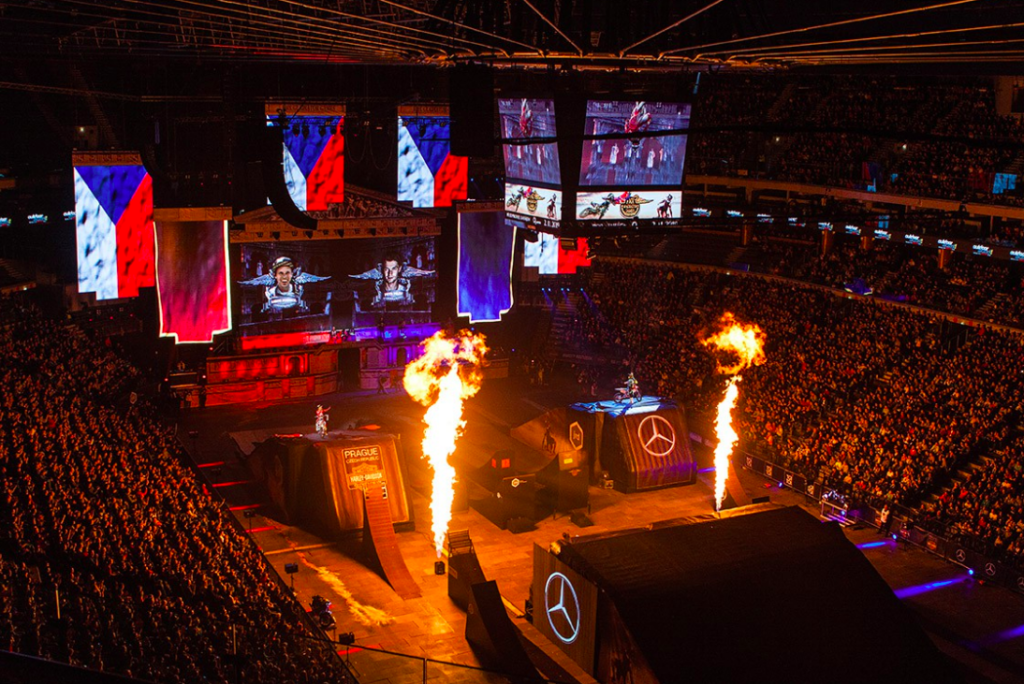
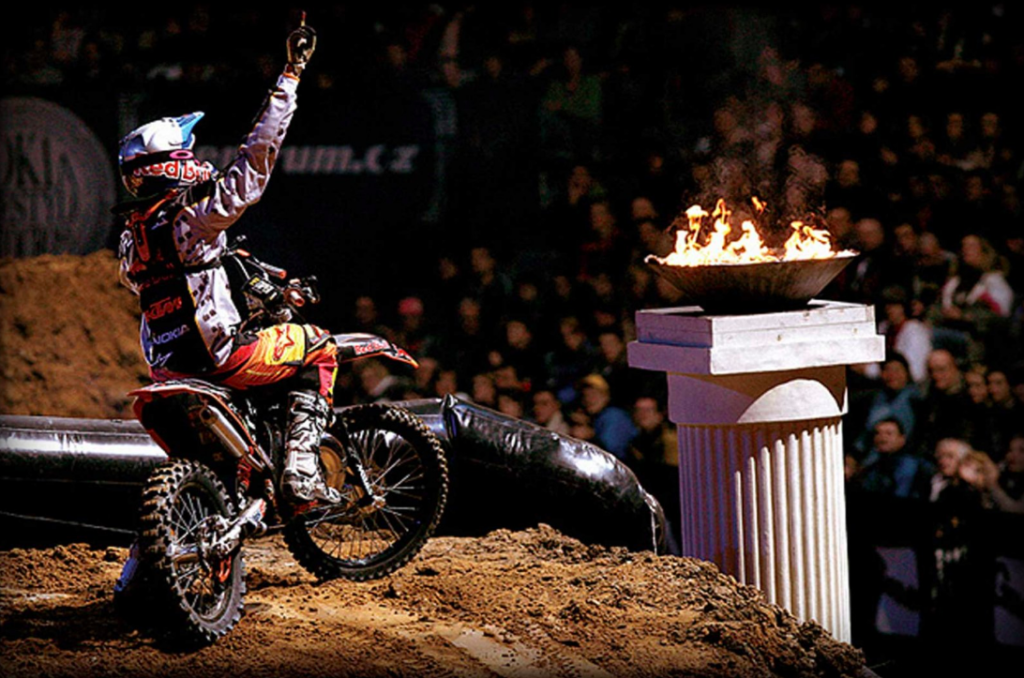
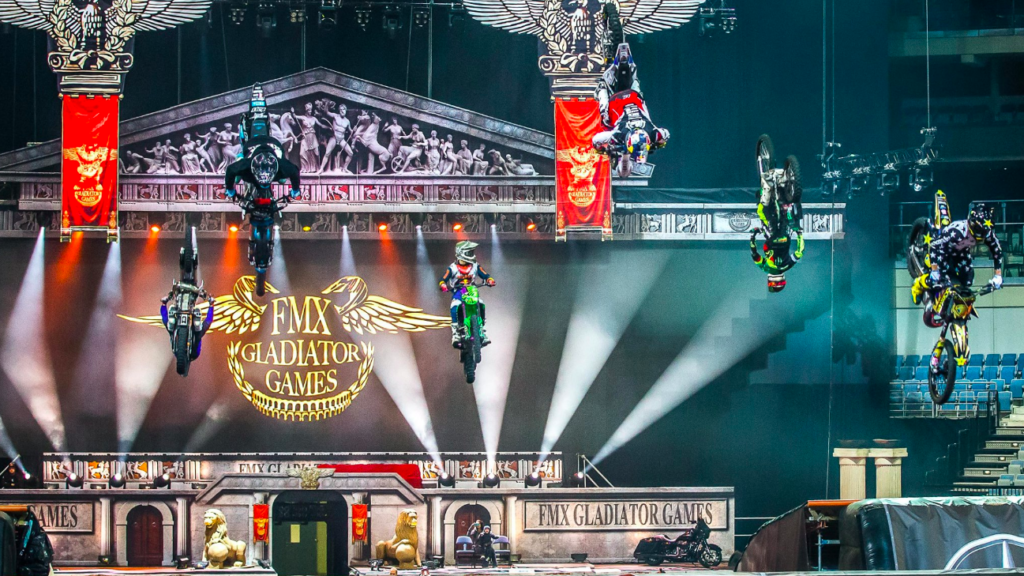
An excellent trip for a pleasant walk in Prague is to go to Obora Hvězda (Hvězda Game Reserve) and Letohrádek Hvězda (The Hvězda Summer Palace,) in Prague 6.
The area has maintained its atmosphere, mainly because of the summer palace with its atypical six-pointed star (hvězda) shape – from which both the park and the palace get their names.
Even though it is located in the city of Prague, it guarantees a quiet and peaceful atmosphere surrounded by nature. The Hvězda Game Preserve is an ideal place for a stroll and a visit to the Hvězda Summer Palace, that holds exhibitions, concerts, and other cultural and social events throughout the year. An exhibition regarding the Battle of White Mountain, which took place nearby in 1620, is on permanent display inside the publicly accessible villa.
It was built according to the plans of Archduke Ferdinand II of Austria, in the shape of a six-pointed star, symbolizing the principles of harmony, proportions, symmetry and numeric. Both, the summer house and the Hvězda game preserve were registered in the list of National Cultural Monuments in 1962.
You can get there by bus, tram or car. We would recommend taking the tram to stop “Sidliste Petriny” or “Vypich”.
The park, enclosed by a huge wall, has three main gates (Libocká, Pražská and Bělohorská,) plus several smaller ones.
With three majestic tree-lined avenues that served as entertainment and hunting for Renaissance aristocracy, now is a place where you can go for a walk, a run or a bicycle ride. The main road crosses the whole park and leads us to the summer house. From the main road, we can also take other variant routes.
The game preserve is accessible for the public throughout the year, and the palace is opened from April to October, every day except Monday, between 10:00 a.m. and 6:00 p.m.
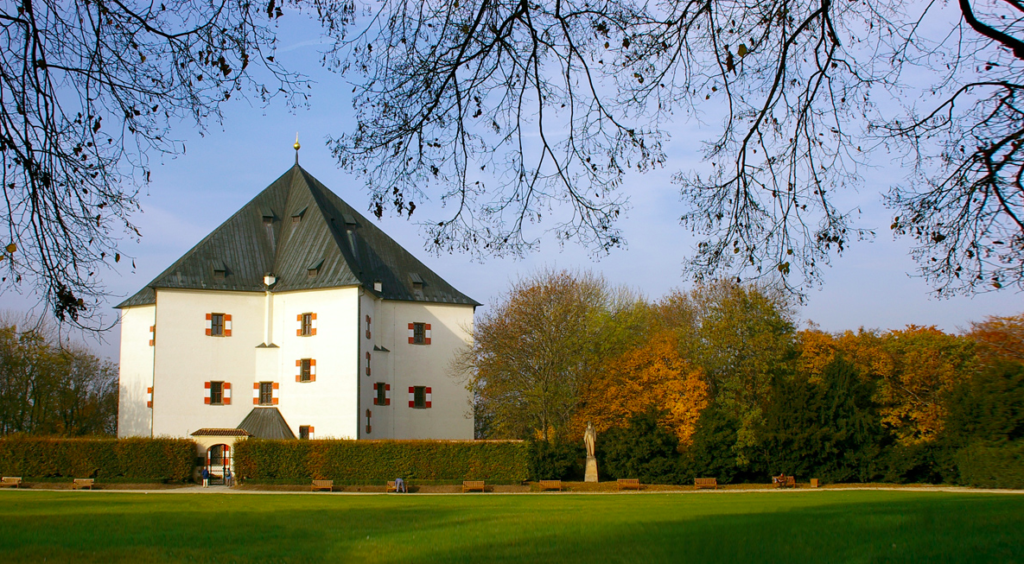
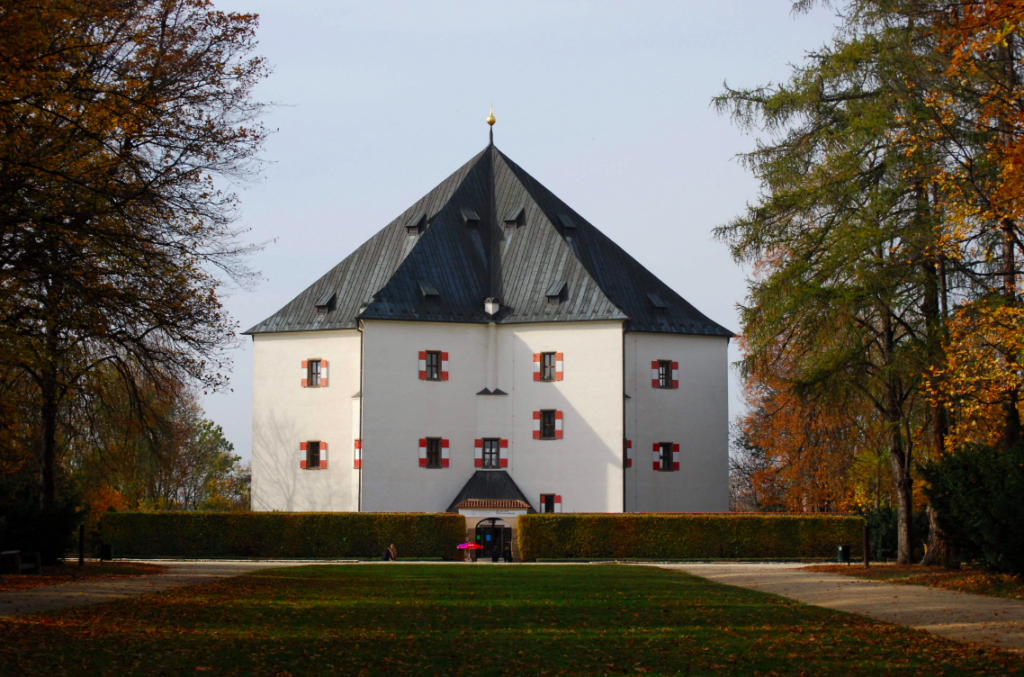
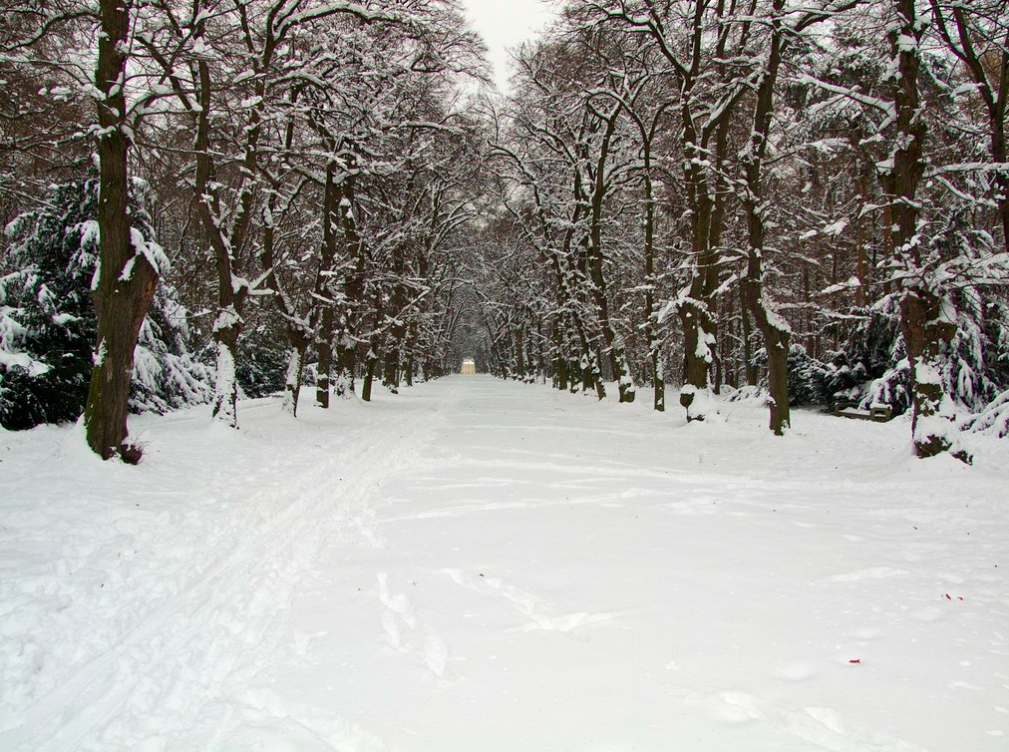
Just released, World of Airports is a new modern airport management game created by Czech developers together with Prague Airport.
It all started as a small fun project, with their first game AirportPRG, but after thousands of downloads, they have created a new one with more options. World of Airports adds new features such as airport expansion, story mode, multiplayer as well as featuring stunning visuals.
It offers an authentic virtual environment in which each player controls the airport and the airline. Directly at Václav Havel Airport, the game was officially presented by the game journalist, Alžběta Trojanová, and aerobatic aviator Petr Kopfstein.
Players can build their airline, expand available connection networks with a new destination and customize livery of their fleet. You get to upgrade the airport facilities and boost up the efficiency of handling other players and generic traffic airplanes.
Besides Václav Havel Airport Prague, the main airport in the game, players have a choice of airports in Innsbruck, Austria and Bari, Italy (more playable airports to come upon release). You get to expand your fleet from the smallest propeller passenger aircraft to large wide-body jetliners. Play online with your friends across platforms (Android and IOS players will share the same online game server), and even download the game using a QR code, which you can find, for example, at observation points near the airport.
Players can also look forward to building the airport of the future in the advanced stage of gaming, as the development of Václav Havel Airport in the game will be in line with how it should look.
According to Martin Kučera, Executive Director of Air Operations at Prague Airport, World of Airports is an exciting combination of entertainment and simulation of real traffic. Through the game, the public can understand what airport traffic involves and how demanding it is.
World of Airports builds on the success of 2017 AirportPRG, which brought players to the Ruzyne airport in the 1930s and 1940s, with thousands of downloads. With World of Airports, creators have listened to the wishes of the community and built a game from the modern era.
Aviation fans will be pleased that the creators took much attention to the details. Everyone else will be thrilled by the pleasant gameplay or the ability to play online with friends across platforms. World of Airports can be downloaded for free from the App Store or Google Play and played by users of mobile devices running iOS or Android.
Download it, take control of the skies and dispatch your fleet in the World of Airports.
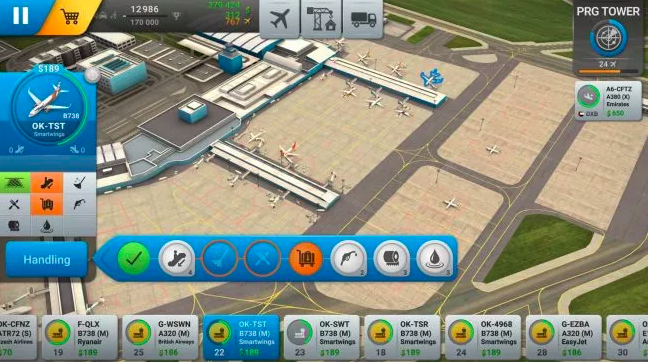
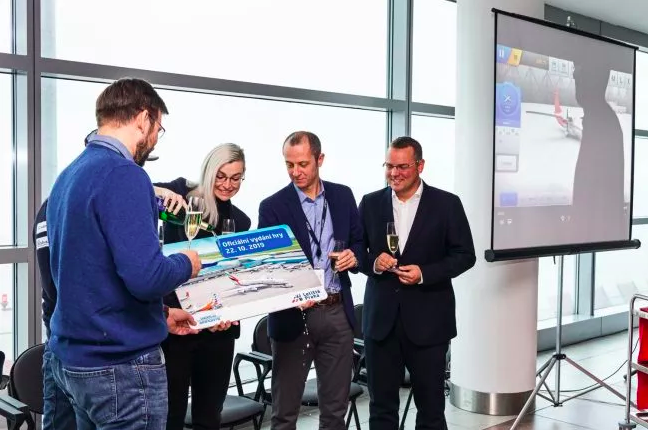
What will be behind the round windows on the Prague riverside? Twenty wall cubicles will contain galleries, studios, and cafés.
The Open Day shows visitors the repaired areas, in a provisional regime though, as the renewed dungeons opened to the public yesterday and today (October 24th).
They should start regular service in November, as the full procedure is not possible yet due to an unfinished occupancy permit process. After completing the occupancy permit process and moving to regular services, these new facilities will quickly host their visitors and survive the flood in the upcoming winter.
The organizers have also prepared guided tours or a boat ride between the two riverbanks. On both embankments, there should now be three galleries, three studios, three toilets, two workshops or a branch of the Municipal Library. The rest will be filled with cafes.
Tenants and operators of individual cubicles will show their future functioning. They are modernly equipped for the flood season the whole year. Their most distinctive element is the circular glass, which acts as a revolving door. The movement is controlled by the sensors and motor so that it opens and closes quickly and prevents collisions with visitors.

Photo: Lidia T. for Prague Morning

Photo: Lidia T. for Prague Morning

Photo: Lidia T. for Prague Morning

Photo: Lidia T. for Prague Morning

Photo: Lidia T. for Prague Morning
“We want people to feel free here. I want visitors to perceive we are tolerant.”
Javánka & Co.is a restaurant that offers mainly Indonesian cuisine with specialties from around the world. This establishment is a place where vegetarians, vegans, and meat lovers come together. One of the two owners, Juanita Kansil, adds: “Yes, we specialize in quality and honest Indonesian cuisine, but we don’t call ourselves an Indonesian restaurant right away. Javánka is first and before anything else, a place where people meet and connect by being cosmopolitan.”
Javánka is a mixture of not only exotic aromas and tastes but also stories of people who work here and customers who come regularly. The owners try to create an atmosphere of tolerance, freedom, honesty and friendship. Javánka presents itself as a “social lounge” and offers a sense of community. It hosts private events that take place irregularly on Mondays, when the restaurant is closed, but also public events, such as Sunday dance evenings.
The name comes from the island of Java, the most populated island in the world, where the capital of Indonesia, Jakarta, is the home of Juanita’s mother. Juanita Kansil was born in Prague, emigrated to Indonesia when she was 15, returned during the Velvet Revolution, then studied history in Amsterdam for several years, and finally returned to her native Prague.
This woman with an eye-catching life story made a great friendship with the Czech Lucie Kluzáková, who founded Bar Duende and managed the Meduza café for sixteen years. Together, they founded Javánka in 2014, which combines dreams of the magnificent poetry by Konstantin Biebl and the popular opinions of Václav Havel.
Do not hesitate, go to delight your senses and enjoy the company of the fantastic duo Ju & Lu.
You cook Indonesian food and your business is named after the Indonesian island of Java, but you don’t consider yourself a purely Indonesian restaurant, café, or bistro. What is the philosophy of Javánka?
Juanita: “Our philosophy is to create a space for people who think globally, openly, that are tolerant and honest. It is a place where people who feel cosmopolitan can meet. Fifty per cent of our customers are foreigners, and some of our employees speak only English. We employ both foreigners and Czechs. Tolerance is important to us.”
You have mentioned several times that you think of yourself as a cosmopolitan person, logically it is based on having spent part of your life in different countries and cultures. But you were born in the Czech Republic, right?
Juanita: “Yes, I was born in the Czech Republic, and my parents are Indonesian. At the age of fifteen, I had to go back to Indonesia with my grandmother, and I lived there for three years. Then I moved back to Prague for a while, in 1989, and then I went to study history in Holland, but I didn’t graduate because I met a Czech in a pub.”
What was it like to emigrate, for a short while, to Indonesia? Did you miss the Czech Republic?
Juanita: “In Indonesia, I missed European culture very much. I missed Baroque, theatres, classical music. I had such a Central European melancholy. Indonesians are very cheerful, and even if you have a difficult life because of poverty, there is a sense of “lightness”. There’s a different style of humour. What I missed a lot were Czech bread and buns. Now I miss a lot of Indonesian dishes.”
And this is the dream that Konstantin Biebl writes about in his poem “With a Ship Importing Tea and Coffee”?
Juanita: “It is a dream about distance, something that one idealizes because you still admire something that somewhere it’s more beautiful and better. But I enjoy the creativity of a man dreaming. And Javánka is a space where bridges are built between those people who dream.”

Photo: Alžběta Diringerová

Photo: Alžběta Diringerová

Photo: Alžběta Diringerová

Photo: Alžběta Diringerová
By 2035, Prague Airport should increase its capacity up to 23 million passengers per year.
This year it handles 17.7 million people, which is a year-on-year increase of 5.8%, although it is already facing capacity problems. According to Václav Řehoř, Chairman of the Czech Aeroholding Board of Director, ten per cent of the arrivals at Terminal 1 had to be declined this summer. Passenger numbers are growing continuously since 2013.
The requirements to increase the airport capacity are the construction of a parallel runway, the centralization of security controls and building new boarding sections D and E. Section D should be built at Terminal 2 by 2029 and section E by 2036.
Along with completing the parallel runway, it will be necessary to shut down the existing secondary runway. After the launch of the new track in about eight years, it is expected that night operations at the airport will be cancelled. The runway will only be used for take-offs. Upon commissioning, the airport’s capacity will increase to 250,000 per year.
The Minister of Transport, Vladimír Kremlík (ANO) added that by 2028, an electrified double-track railway line should lead to the airport and Kladno. It is planned to build several elevated junctions on the Prague ring road and the roads leading to the airport.
The journey from the centre of Prague to Václav Havel Airport in Ruzyně should take 25 minutes along the planned railway line. From the railway for nearly 40 billion crowns, which will also lead to Kladno, only part of the Negrelli viaduct is being elaborated.
The adjustment of the monorail and non-electrified line to Kladno with an annexe to Prague Airport has been under construction for years. The new connection should allow a ten-minute interval of trains going to the airport and Kladno.
The doors of Vinohradský Parlament in Korunní Street have reopened after extensive reconstruction, under the direction of the chef Jan Pípal and the general manager Robert Vaverka. “We’ve been in Prague for six years, always busy. That’s the reason we thought it was essential to give something new to our customers. When you have a good business, you must make something new every six or seven years,” remarks Vaverka.
Vinohradský Parlament is not a typical Czech restaurant, even though you can find traditional and authentic dishes on the menu. They exclusively cook Czech cuisine with modern trends an original adjustments, using products and seasonal ingredients from suppliers they regularly visit, emphasizing the quality of each meal at reasonable prices. They also take care of their beer, always with the perfect temperature thanks to a unique way of cooling.
The new interior of the restaurant blends in perfectly with the style of the National House in Vinohrady, where it’s located. The design features a white ceiling with sculpted animals and a distinctly coloured carpet on the first floor. The capacity of the establishment after the reconstruction is 350 seats.
Eight freshly cooked dishes await you as part of their lunch menu, along with a soup and dessert from Lukáš Skála. From 10:45 a.m. to 3:00 p.m. you get to try something different every day.
The restaurant has remained faithful to the Czech tradition, and a wide range of dumplings now complement their meals. They are prepared from different types of flour, and their processing is different, fried, filled or steamed.
Every day the restaurant offers four kinds of dumplings that change weekly and also two sweet varieties. With the open kitchen, customers get to see the process and laboriousness behind their elaboration. “Dumplings are a Czech speciality and have a long history. We are the only ones that focus on knedlíky as the main meal, we even have a part of the kitchen specialised in this,” added Vaverka. The emphasis on dumplings is also an effort to differentiate from other traditional Czech restaurants mainly because knedlíky is a reasonably tricky but often undervalued discipline.
Guests can enjoy leavened dumplings stuffed with beef cheeks and paprika sauce, potato dumplings with goose confit or dumplings with spinach and chanterelles on cream among others.
Customers can also choose the dumplings option, ‘Eat as many as you can’. For 269 crowns you’ll get 200 grams of slowly cooked meat with a sauce of your choice and an unlimited number of dumplings.
Evening specialities are available until sold out, every Thursday from 6.00 p.m. they prepare for you half grilled chicken, and every Friday from 6:00 p.m. roasted beef.
The offer of beer has also changed because of the long-standing wish of customers. Instead of Staropramen, the owners decided to tap Pilsner. “When we decided to change the restaurant, we also chose to change the beer,” adds Vaverka.
Besides their permanent menu and Czech seasonal specialities, they are proud of their homemade lemonade, prepared with fresh fruit and available with a drop of alcohol.
At Vinohradský Parlament you’ll feel comfortable whether if coming for lunch, dinner or just a few beers with friends, experiencing friendly service, pleasant atmosphere and fabulous food.
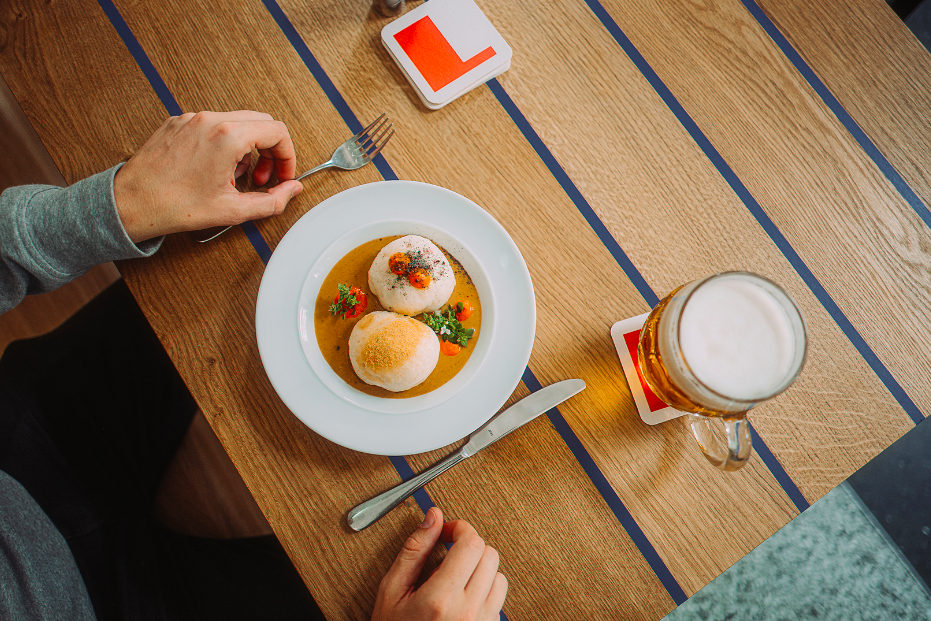
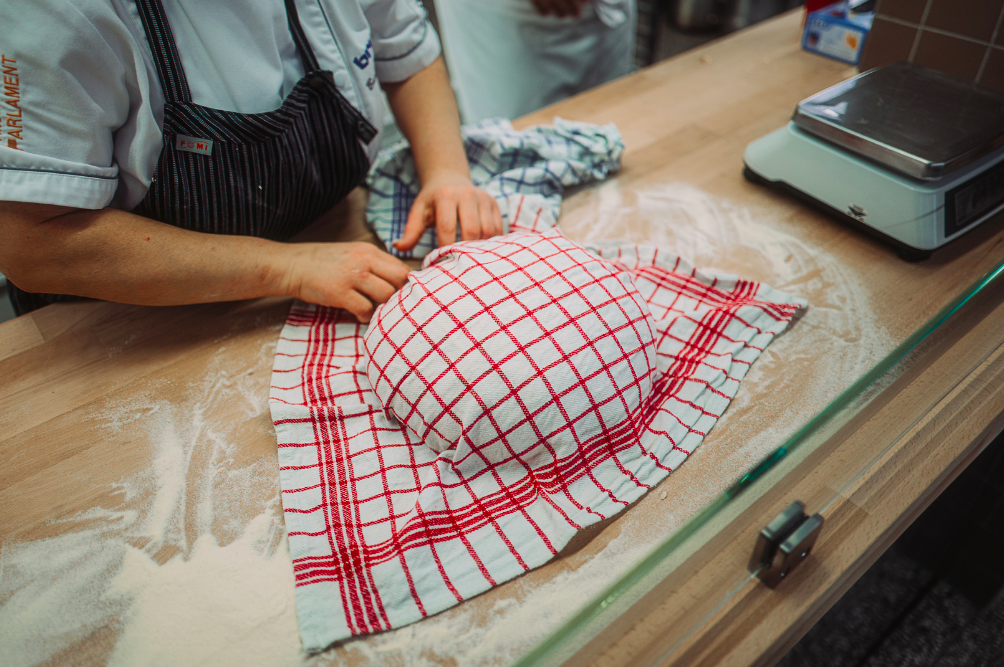
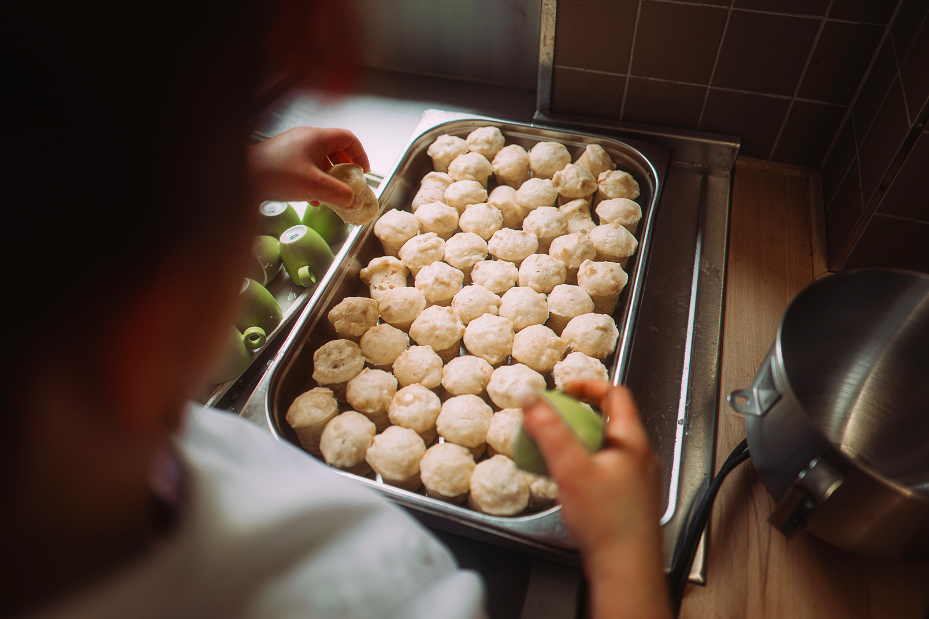
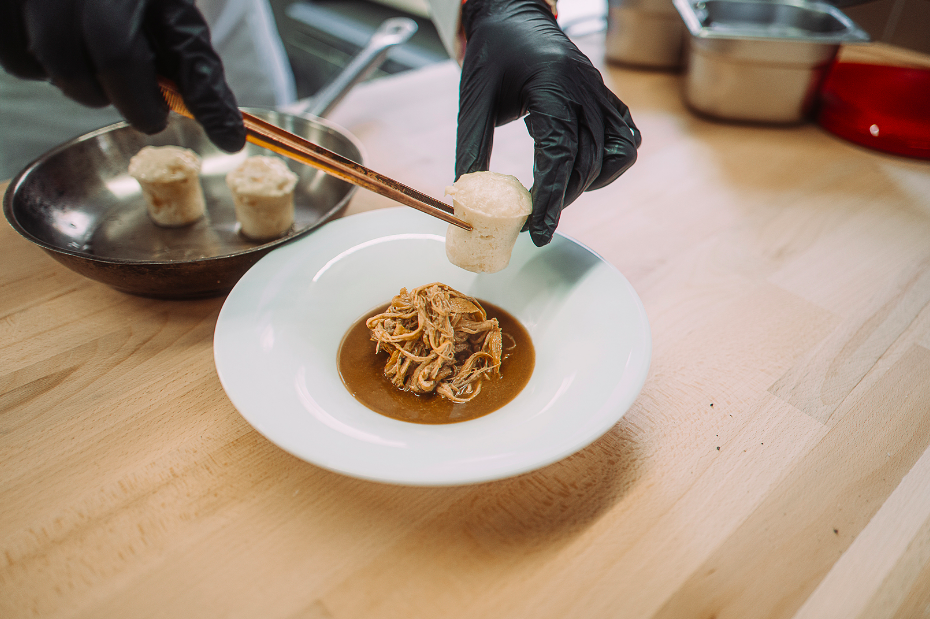
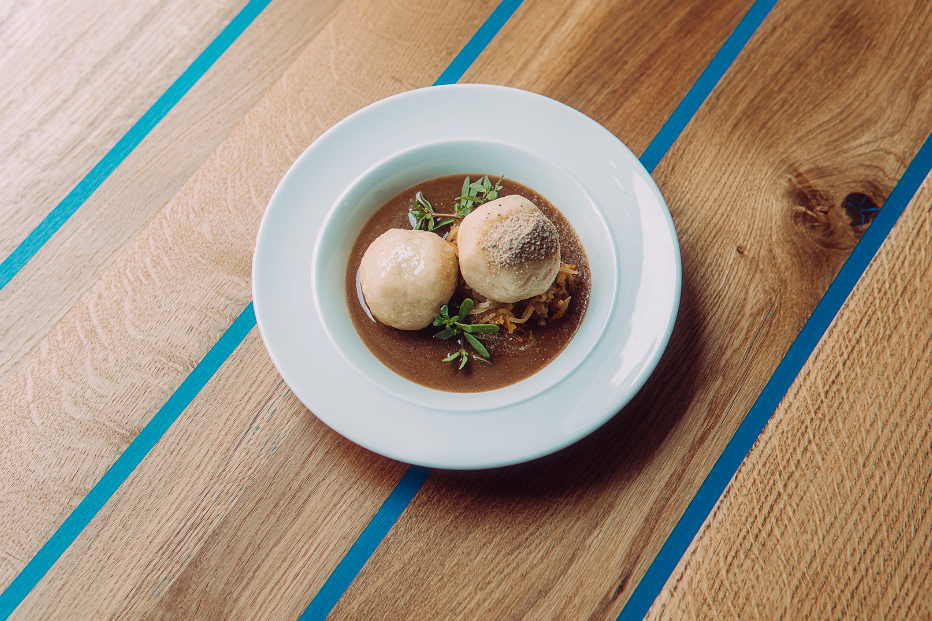
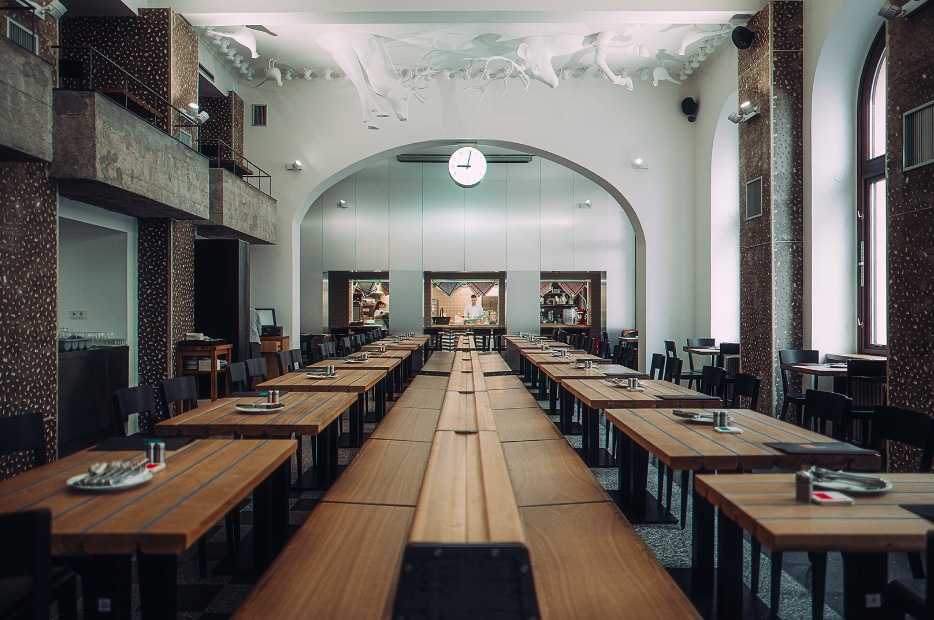
Prague 1 Town Hall would like to prevent entrepreneurs of restaurant gardens in the city centre from being able to keep them open late at night.
The owners of about thirty restaurants in the centre united forces and founded an association to prevent it.
According to the spokesperson, the city hall wants to support night peace in the city centre. “We want Prague to be at the level of other European cities, standing on the side of residents. Currently, we are dealing with gardens in Prague 1 that close after the time adjusted, at eleven, midnight or even at two in the morning.”
The Association of employees and operators of hospitality POHO resists reducing the opening hours of the gardens. It was created last week and had over thirty businesses with around 1,200 employees enrolling in just a few days.
“Under the pretext of protecting night peace, 300 businesses with gardens are under threat. It would be a significant intervention in the economy of business, with a negative impact on employees,” said the chairman of the association, Petr Bauer. According to him, restaurants with gardens make about 300 million crowns a year.
At the beginning of October, the Association asked all representatives and the Prague City Hall management to reject the Prague 1 proposal. It has not been decided yet. In addition to reducing comfort for tourists having dinner as the main meal of the day, businesses also point out they have higher garden fees compared to other European cities, one of the highest in Europe.
“The only thing we will achieve reducing the operating time by two hours is that before ten o’clock our guests will have to leave the gardens in Prague 1 and therefore go looking for a place in the neighbouring city districts. No one will benefit,” Bauer continued.
“In western cities, it is common for historical squares to be open after ten o’clock in the evening. Banning gardens in the centre of Prague after ten o’clock does not solve the problem, only redirects it to the surrounding city districts, where noisy tourists will move. The safety and noise problem should be solved with the City Police as a priority and not with the regulation of legal business,” said Jiří Pospíšil, current chairman of the centre-right TOP 09 party.
The establishment of the Association of employees and operators of hospitality POHO is welcomed by the Deputy Mayor of Prague 1, Petr Hejma, who is ready for negotiations. “As the deputy mayor of Prague 1, whose responsibility is to promote entrepreneurship, I assure entrepreneurs and businesses that we are not preparing any sanctions and measures that would discriminate against responsible and thoughtfully functioning establishments. On the other hand, I would like to point out that establishments with front gardens that do not strictly observe their obligations and required regulations will be severely penalized,” said Hejma.
According to the Prague 1 Chamber of Commerce, the current attitude of self-government and state administration is not sufficiently transparent and equal to all entrepreneurs.
“Those who abide by the rules deserve respect and a stable business environment without surprises, incomprehensible and unexplained decisions. If someone does not follow the rules, let them be sanctioned,” said the chairman of the Chamber, Vladimír Krištof.
Most restaurant front gardens in the metropolis are in Prague 1. To operate the front yards, entrepreneurs must obtain a permit from the district, and they must also rent an area from the metropolis.
Four years ago, raised wooden floors had to disappear from the front gardens. It was also prohibited to install TV screens, something very popular, especially for watching sports.
The painting by Oskar Kokoschka from 1934 entitled Prague – View from the Monastery of the Knights of the Cross with a Red Star was sold setting a record price of 68.25 million crowns at yesterday’s auction in Prague.
His new owner will pay almost CZK 78.5 million, as he will receive a 15% auction tax.

According to Aleny Havlíkové from the Adolf Loos Apartment and Gallery auction house, this is a new Czech auction record.
The world-famous Austrian painter, whose ancestors came from Prague goldsmiths, painted it after his arrival in Prague in the late summer of 1934. This masterpiece belongs to the series of his Prague landscapes.
In October 1934 the painting was exhibited in Mánes, so after 75 years the work returned to the famous exhibition hall.
Kokoschka painted from various locations in Prague such as the Strahov Monastery, the Kramář Villa Garden or both banks of the Vltava River. His paintings are part of the most important collections in the Czech Republic and abroad.
“Kokoschka’s oil painting Prague – View from the Monastery of the Knights of the Cross with a Red Star, together with Prague – Charles Bridge, owned by the National Gallery in Prague, and Prague – Hradčany and Petřín, are among its three most important scenery in Prague,” says the auction house.
Kokoschka chose a small balcony in the Convent of Old Town for his work, and from there he painted for almost three weeks.
The previous record of Czech auctions belonged to František Kupka, the pioneer of abstract art. On May, his masterpiece was sold for 65 million crowns, and with a 20% tax, the buyer paid 78 million.
Autumn? No, thanks.
Temperatures in the Czech Republic could rise to 22 degrees Celsius this week, and until mid-November, the temperature will be above the average.
Precipitation will be slightly less than usual in this period. It should rain mostly during the week of the 28th of October.
This week should be the hottest. Minimum night temperatures will usually be around nine degrees, and the maximum daily temperatures will generally be between 17 and 22 degrees.
“The coldest week is likely to be from the 4th to the 10th of November with the lowest night temperatures around two degrees and a weekly average during the day of around nine degrees,” said meteorologists.
The long-term average temperature in the Czech Republic between the 21st of October and the 17th of November is 5.2 degrees. The coldest year was 1965 when the average temperature fell to two degrees and the warmest in 2013 when it exceeded eight degrees.
